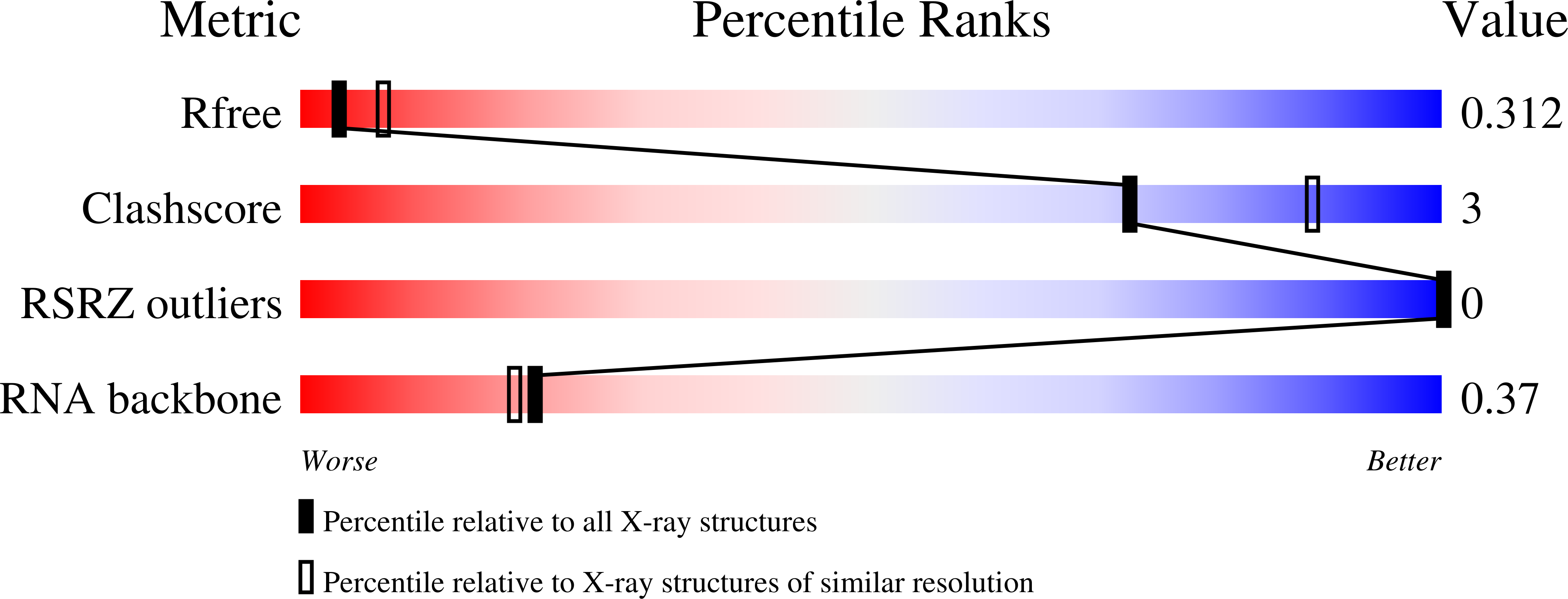
Deposition Date
2025-02-17
Release Date
2025-09-24
Last Version Date
2025-10-01
Method Details:
Experimental Method:
Resolution:
2.79 Å
R-Value Free:
0.30
R-Value Work:
0.25
Space Group:
P 41 21 2


